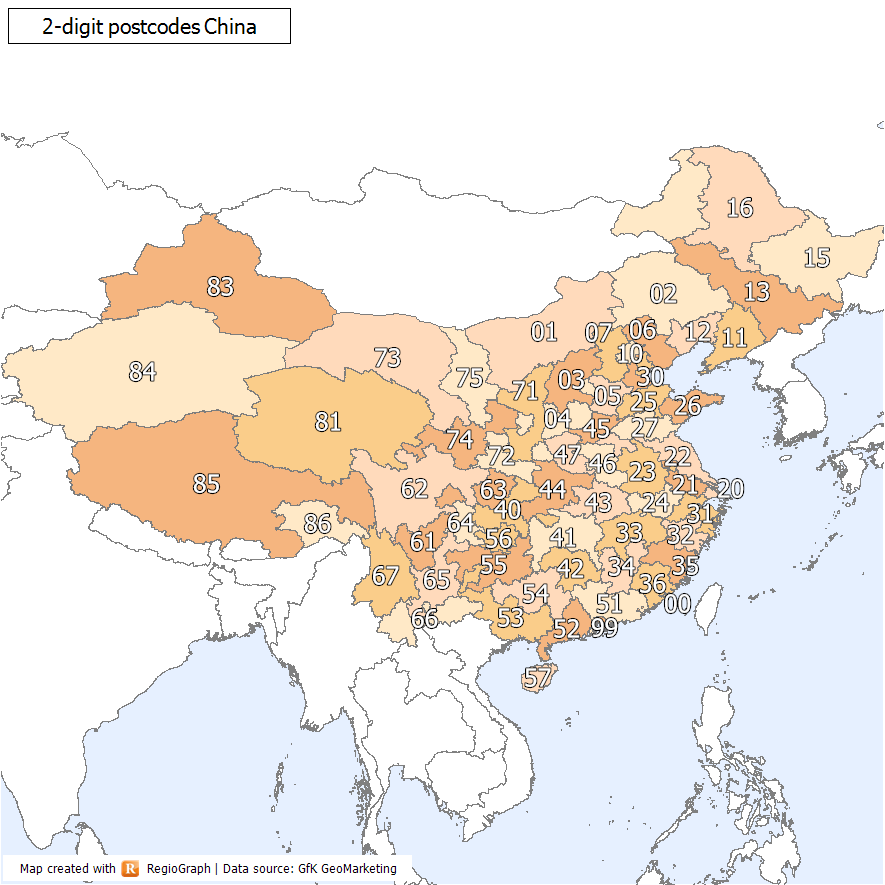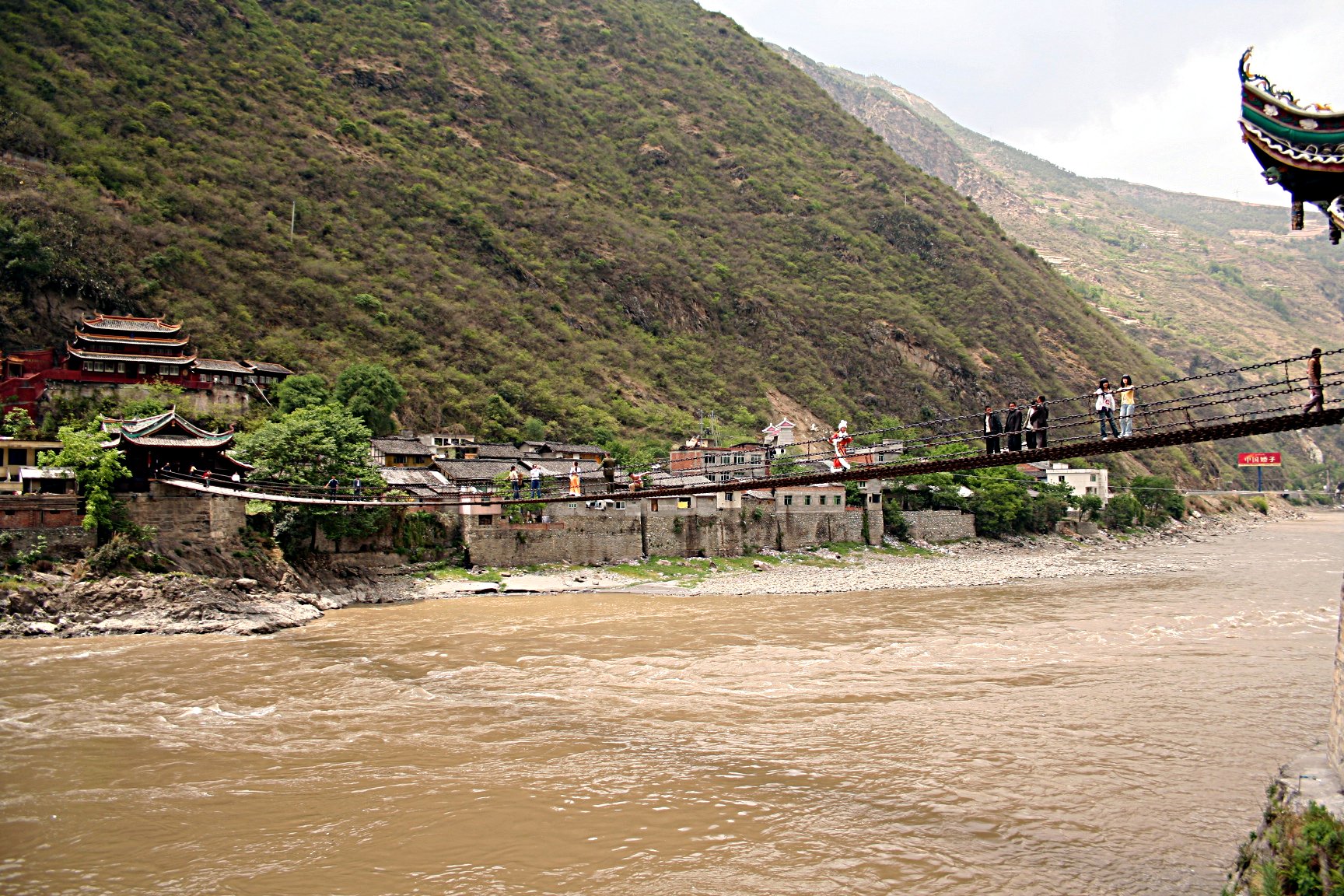|
Shimian County
Shimian County () is both the southernmost and westernmost county in the prefecture-level city of Ya'an, Sichuan Province, China. The county seat, Miancheng Subdistrict (), and the neighboring town, Xinmian (), are often together referred to as Shimian. As of the 2010 census, Shimian County has a population of 123,600. The G5 Beijing–Kunming Expressway now passes through Shimian along the route between Kunming and Chengdu. The county is located at the eastern edge of the Hengduan Mountains and surrounds the Dadu River. The mountain ranges in Shimian County consist of the Daxue Mountains in the west, the Xiaoxiang Range to the southeast, and the Daxiang Range to the northeast. Climate Notable people *Lai Ning, a teenager celebrated as a martyr after his death fighting a wildfire A wildfire, forest fire, bushfire, wildland fire or rural fire is an unplanned, uncontrolled and unpredictable fire in an area of Combustibility and flammability, combustible vegetatio ... [...More Info...] [...Related Items...] OR: [Wikipedia] [Google] [Baidu] |
Postal Code Of China
Postal codes in the People's Republic of China () are postal codes used by China Post for the delivery of letters and goods within mainland China. China Post uses a six-digit all-numerical system with four tiers: the first tier, composed of the first two digits, show the province, province-equivalent municipality, or autonomous region; the second tier, composed of the third digit, shows the postal zone within the province, municipality or autonomous region; the fourth digit serves as the third tier, which shows the postal office within prefectures or prefecture-level cities; the last two digits are the fourth tier, which indicates the specific mailing area for delivery. The range 000000–009999 was originally marked for Taiwan (The Republic of China) but is not used because it not under the control of the People's Republic of China. Mail to ROC is treated as international mail, and uses postal codes set forth by Chunghwa Post. Codes starting from 999 are the internal ... [...More Info...] [...Related Items...] OR: [Wikipedia] [Google] [Baidu] |
G5 Beijing–Kunming Expressway
The Beijing–Kunming Expressway (), designated as G5 and commonly referred to as the Jingkun Expressway () is an expressway that connects the cities of Beijing, and Kunming, in Yunnan province. It is in length. As of 2018, the expressway has been completed in its entirety. Route The Beijing–Kunming Expressway runs from Beijing, the capital of the People's Republic of China, to Kunming, in the Yunnan Province. It passes through the following major cities: * Beijing * Shijiazhuang, Hebei * Taiyuan, Shanxi * Xi'an, Shaanxi * Chengdu, Sichuan * Kunming Kunming (; ), also known as Yunnan-Fu, is the capital and largest city of Yunnan province, China. It is the political, economic, communications and cultural centre of the province as well as the seat of the provincial government. The headquar ..., Yunnan Detailed itinerary References {{DEFAULTSORT:G5 Beijing-Kunming Expressway 05 Expressways in Hebei Expressways in Shanxi Expressways in Shaanxi ... [...More Info...] [...Related Items...] OR: [Wikipedia] [Google] [Baidu] |
Lai Ning
Lai Ning (; 20 October 1973 – 13 March 1988) was a teenage schoolboy in China, who died while fighting a forest fire in Shimian County, Sichuan. Lai Ning's actions were deemed heroic by the Chinese government and Lai has been celebrated as a hero and martyr in contemporary China. Personal life and death Lai Ning was a fourteen-year-old schoolboy living in Shimian County where he was regarded as a loner by his classmates. On March 13, 1988, a wildfire was threatening a nearby forest and schoolchildren were mobilized to help fight the fire. Lai voluntarily assisted the firefighting efforts for five hours. Lai was eventually overcome by the flames and killed in the fire. Legacy Lai Ning was later declared a "revolutionary martyr" by the Chinese government for his role in combating the wildfire to protect his town. Over the next year, his story was used increasingly in Chinese propaganda as a model of courage and duty for Chinese youth. This was especially important in the ... [...More Info...] [...Related Items...] OR: [Wikipedia] [Google] [Baidu] |
Daxiangling
Daxiangling (), or Daxiang Range is a fairly small mountain range in China's Sichuan Province. It runs in the general western and northwestern direction from the famous sacred Mount Emei, and is part of the western mountainous rim of the Sichuan Basin. Administratively, the mountains are within the prefecture-level cities of Ya'an, Meishan, and Leshan. The Daxiangling forms a divide between the valley of the Dadu River (which flows to the west, and then to the south, of the mountains) and that of its tributary, the Qingyi River (which is to the northeast of the Daxiangling). The narrow valley of the Dadu separates the Daxiangling from the Xiaoxiangling Range to the south, and the great Daxue Mountains Daxue may refer to: *Daxue (solar term) (大雪), 21st solar term in traditional East Asian calendars *''Da Xue'', or ''Great Learning'' (大學), one of the "Four Books" in Confucianism *Daxue Mountains (大雪山腰), mountain range in western Si ... to the west. References ... [...More Info...] [...Related Items...] OR: [Wikipedia] [Google] [Baidu] |
Xiaoxiang Range
The Xiaoxiang Range () is a mountain range in Sichuan Province, China. It is part of a complicated system of mountains in south-central Sichuan, and runs in the general north-south direction within Liangshan Yi Autonomous Prefecture and the adjacent parts of Ya'an prefecture-level city. Geography The Xiaoxiang Range is situated in the rugged mountainous regions of Southwestern China where the Hengduan Mountains abut the Yungui Plateau. Despite lying between the Dadu and Yalong Rivers, the Xiaoxiang are not considered part of the Daxue Mountains. The Xiaoxiang, and all mountains further south bounded by the Jinsha (upper Yangtze) River, are more commonly considered a northern extension of the Yungui. The Xiaoxiang Range is separated from the Daxue Mountains by a narrow fault trench through which the G5 Expressway runs. The Xiaoxiang are notable for their high ridge line, providing an unusually consistent straight range of peaks in the region. This is due to the Xiaoxiang' ... [...More Info...] [...Related Items...] OR: [Wikipedia] [Google] [Baidu] |
Daxue Mountains
Daxue may refer to: *Daxue (solar term) (大雪), 21st solar term in traditional East Asian calendars *''Da Xue'', or ''Great Learning'' (大學), one of the "Four Books" in Confucianism *Daxue Mountains (大雪山腰), mountain range in western Sichuan, China *Daxue Mountain (大雪山), in Shangri-La County, Yunnan, China *Daxue (town) (大峃镇), in Wencheng County, Zhejiang, China See also *大學 (other) ( zh, p=Dàxué) {{disambig ... [...More Info...] [...Related Items...] OR: [Wikipedia] [Google] [Baidu] |
Dadu River (Sichuan)
The Dadu River (), known in Tibetan as the Gyelmo Ngul Chu, is a major river located primarily in Sichuan province, southwestern China. The Dadu flows from the eastern Tibetan Plateau into the Sichuan Basin where it joins with the Min River, a tributary of the Yangtze River. Measured from its geographic source, the Dadu is actually longer than the Min and thus forms the main stem of the Min River system. Shuangjiangkou Dam, expected to be the tallest dam in the world, is being built on the Dadu River. Geography Source The Dadu River originates, in name, in Danba and ends in Leshan where it meets the Min River. The true source of Dadu, and thus the entire Min River system, however, lies in Qinghai Province in the eastern Tibetan Plateau. In this region there are multiple headwaters of the Dadu with nearly identical lengths that have resulted in competing claims as the true source of the Dadu. In 2013, the China Academy of Sciences announced they had located the geographi ... [...More Info...] [...Related Items...] OR: [Wikipedia] [Google] [Baidu] |
Chengdu
Chengdu (, ; simplified Chinese: 成都; pinyin: ''Chéngdū''; Sichuanese pronunciation: , Standard Chinese pronunciation: ), alternatively romanized as Chengtu, is a sub-provincial city which serves as the capital of the Chinese province of Sichuan. With a population of 20,937,757 inhabitants during the 2020 Chinese census, it is the fourth most populous city in China, and it is the only city apart from the four direct-administered municipalities with a population of over 20 million (the other three are Chongqing, Shanghai and Beijing). It is traditionally the hub in Southwest China. Chengdu is located in central Sichuan. The surrounding Chengdu Plain is known as the "Country of Heaven" () and the "Land of Abundance". Its prehistoric settlers included the Sanxingdui culture. The site of Dujiangyan, an ancient irrigation system, is designated as a World Heritage Site. The Jin River flows through the city. Chengdu's culture largely reflects that of its province, Sic ... [...More Info...] [...Related Items...] OR: [Wikipedia] [Google] [Baidu] |
Kunming
Kunming (; ), also known as Yunnan-Fu, is the capital and largest city of Yunnan province, China. It is the political, economic, communications and cultural centre of the province as well as the seat of the provincial government. The headquarters of many of Yunnan's large businesses are in Kunming. It was important during World War II as a Chinese military center, American air base, and transport terminus for the Burma Road. In the middle of the Yunnan–Guizhou Plateau, Kunming is at an altitude of above sea level and a latitude just north of the Tropic of Cancer. As of 2020 census, Kunming had a total population of 8,460,088 inhabitants, of whom 5,604,310 lived in its built-up (or metro) area made of all urban districts but Jinning, not conurbated yet. It is at the northern edge of Dian Lake, surrounded by temples and lake-and-limestone hill landscapes. Kunming consists of an old, previously walled city, a modern commercial district, residential zones and university ar ... [...More Info...] [...Related Items...] OR: [Wikipedia] [Google] [Baidu] |
Towns In China
When referring to political divisions of China, town is the standard English translation of the Chinese (traditional: ; ). The Constitution of the People's Republic of China classifies towns as third-level administrative units, along with for example townships (). A township is typically smaller in population and more remote than a town. Similarly to a higher-level administrative units, the borders of a town would typically include an urban core (a small town with the population on the order of 10,000 people), as well as rural area with some villages (, or ). Map representation A typical provincial map would merely show a town as a circle centered at its urban area and labeled with its name, while a more detailed one (e.g., a map of a single county-level division) would also show the borders dividing the county or county-level city into towns () and/or township () and subdistrict (街道) units. The town in which the county level government, and usually the division's main ... [...More Info...] [...Related Items...] OR: [Wikipedia] [Google] [Baidu] |
County (People's Republic Of China)
Counties ( zh, t=縣, s=县, hp=Xiàn), formally county-level divisions, are found in the third level of the administrative hierarchy in Provinces and Autonomous regions and the second level in municipalities and Hainan, a level that is known as "county level" and also contains autonomous counties, county-level cities, banners, autonomous banners and City districts. There are 1,355 counties in Mainland China out of a total of 2,851 county-level divisions. The term ''xian'' is sometimes translated as "district" or "prefecture" when put in the context of Chinese history. History ''Xian'' have existed since the Warring States period and were set up nationwide by the Qin Dynasty. The number of counties in China proper gradually increased from dynasty to dynasty. As Qin Shi Huang reorganized the counties after his unification, there were about 1,000. Under the Eastern Han Dynasty, the number of counties increased to above 1,000. About 1400 existed when the Sui dyn ... [...More Info...] [...Related Items...] OR: [Wikipedia] [Google] [Baidu] |



